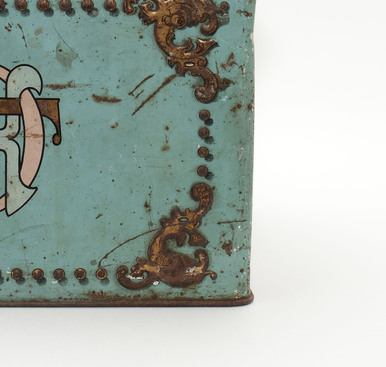Such map cases were used by the command staff of the Russian army: officers, warrant officers and sergeants. It was used to store and carry documents, maps, writing materials, and tools, such as an officer’s ruler, a compass, an opisometer, and a measuring tape. The map case has compartments for conveniently storing things.
The officer’s map case was colloquially called a commander’s or sergeant’s bag, a tablet, a pallet, and also a fly-bag, because it had a transparent screen for flight maps. In the 20th century, such bags were widespread in the armed forces of many countries.
The predecessor of the officer’s bag is the “tashka” bag — from the French “tache” or German “Tasche”, meaning “bag”. This is a leather bag of cavalry soldiers of the 17th–19th centuries, an important part of the equipment of the hussars. Such an “outer pocket” was popular with noble European gentlemen. The insignia of the tsarist officers was also made in the form of a tashka.
During the Russo-Japanese War, the Russian Imperial Army already used a bag with a double-headed eagle. During the First World War, bags were made especially durable and convenient for long journeys. Rectangular bags with shoulder straps appeared later.
During the Second World War, ordinary soldiers kept their personal belongings in shoulder bags and their seniors had sturdy waist bags, where everything they needed was placed, from snuff boxes to weapons. The waist bag featured a belt with many pockets, including secret ones to keep ammunition well-organized.
During the war, officers were forbidden to carry a map case when off duty. A civilian with an officer’s map case could have been stopped by a patrol and demanded to explain themselves. After 1945, this rule was renounced, and such bags were often given to children as a school briefcase.
In 1973, the order of the Ministry of Defense of the Soviet Union on military uniforms prescribed to carry a map case in a set of everyday clothes, on a belt or hanging from the right shoulder. Later, the design of the officer’s map case entered mass fashion and became the prototype of many popular accessories.




